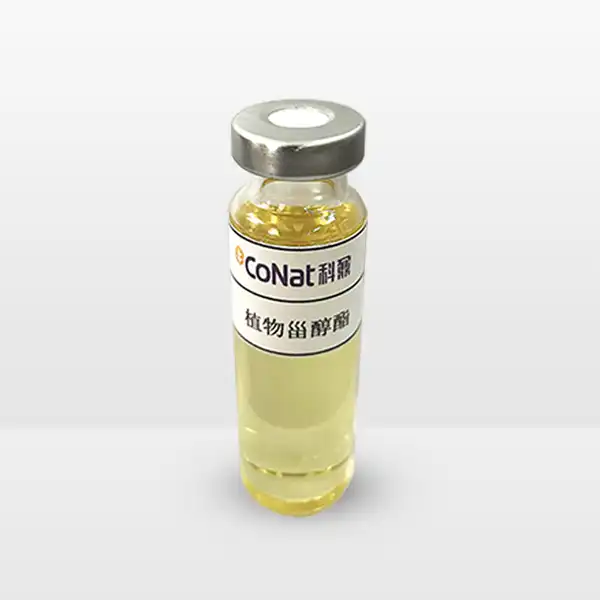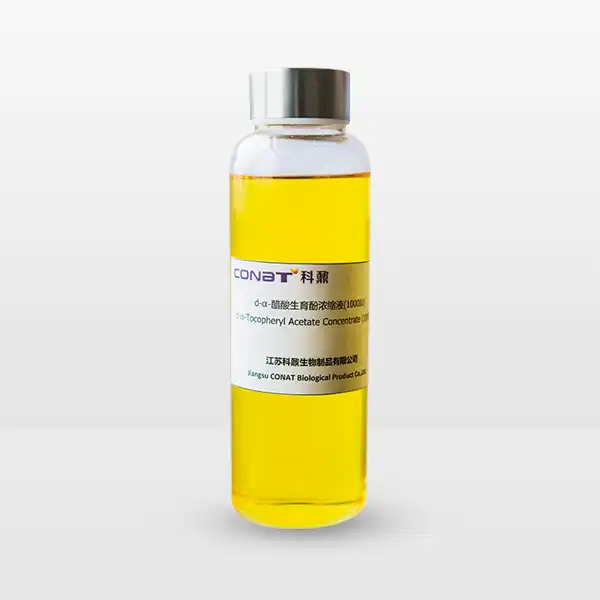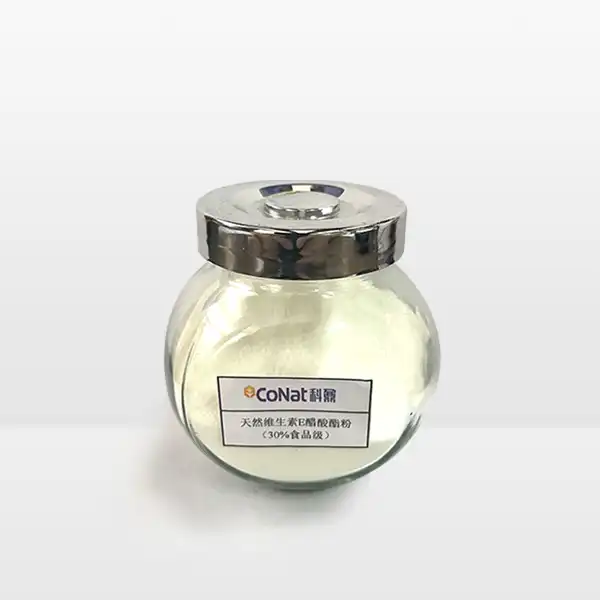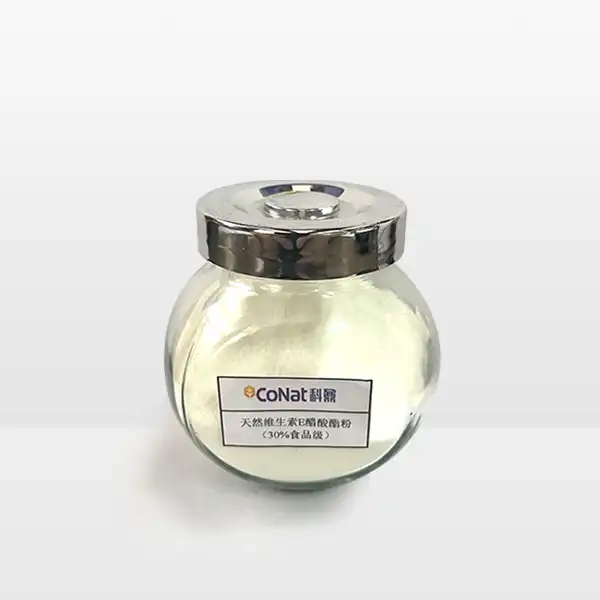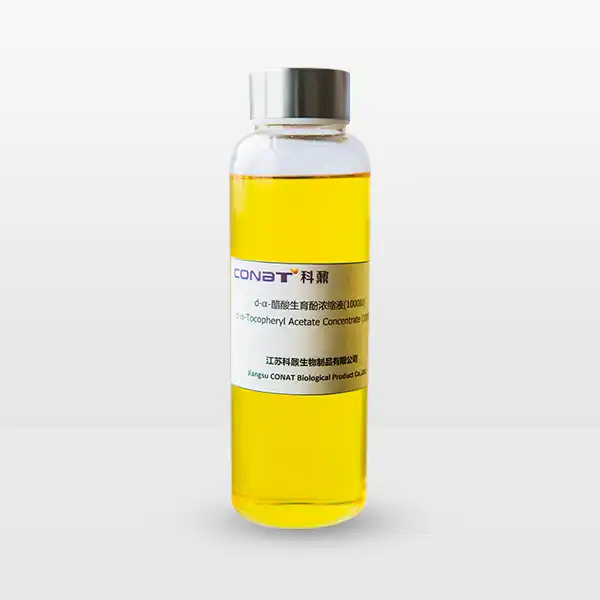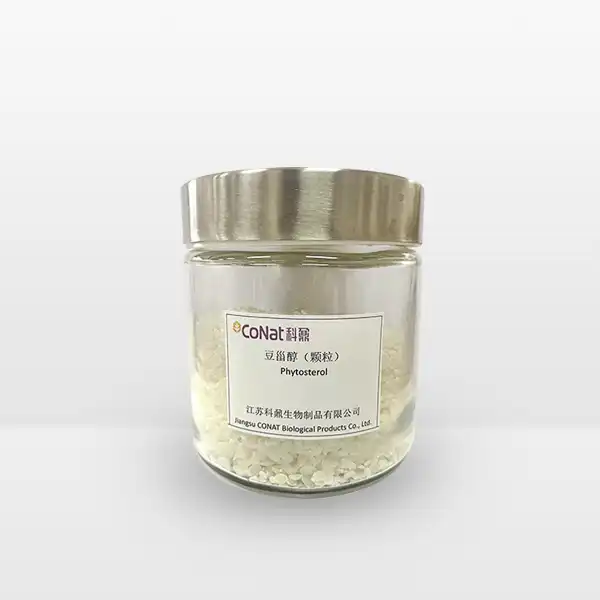- English
- French
- German
- Portuguese
- Spanish
- Russian
- Japanese
- Korean
- Arabic
- Greek
- German
- Turkish
- Italian
- Danish
- Romanian
- Indonesian
- Czech
- Afrikaans
- Swedish
- Polish
- Basque
- Catalan
- Esperanto
- Hindi
- Lao
- Albanian
- Amharic
- Armenian
- Azerbaijani
- Belarusian
- Bengali
- Bosnian
- Bulgarian
- Cebuano
- Chichewa
- Corsican
- Croatian
- Dutch
- Estonian
- Filipino
- Finnish
- Frisian
- Galician
- Georgian
- Gujarati
- Haitian
- Hausa
- Hawaiian
- Hebrew
- Hmong
- Hungarian
- Icelandic
- Igbo
- Javanese
- Kannada
- Kazakh
- Khmer
- Kurdish
- Kyrgyz
- Latin
- Latvian
- Lithuanian
- Luxembou..
- Macedonian
- Malagasy
- Malay
- Malayalam
- Maltese
- Maori
- Marathi
- Mongolian
- Burmese
- Nepali
- Norwegian
- Pashto
- Persian
- Punjabi
- Serbian
- Sesotho
- Sinhala
- Slovak
- Slovenian
- Somali
- Samoan
- Scots Gaelic
- Shona
- Sindhi
- Sundanese
- Swahili
- Tajik
- Tamil
- Telugu
- Thai
- Ukrainian
- Urdu
- Uzbek
- Vietnamese
- Welsh
- Xhosa
- Yiddish
- Yoruba
- Zulu
How to Use Natural Vitamin E Oil for Hair?
Natural vitamin E oil has emerged as a powerful ingredient in hair care routines, gaining popularity for its remarkable ability to promote healthy hair growth and maintain scalp wellness. This potent antioxidant-rich oil has been used for generations across different cultures, offering a natural solution for various hair concerns. Understanding how to properly incorporate vitamin E oil into your hair care regime can help you achieve optimal results for stronger, healthier, and more vibrant hair.
Does Vitamin E Oil Help with Hair Growth and Thickness?
Natural vitamin E oil has shown promising results in promoting hair growth and improving hair thickness through multiple mechanisms. The oil's antioxidant properties help combat oxidative stress, which is known to contribute to hair loss and thinning. When applied to the scalp, vitamin E oil improves blood circulation, ensuring that hair follicles receive adequate nutrients and oxygen essential for healthy growth.
Clinical studies have demonstrated that vitamin E's antioxidant properties can help reduce the number of free radicals on the scalp, which often interfere with hair growth cycles. The improved blood circulation from regular vitamin E oil application helps stimulate dormant hair follicles, potentially leading to new growth. Additionally, the oil's moisturizing properties help maintain the scalp's natural moisture balance, creating an optimal environment for hair growth.
To maximize the benefits for hair growth and thickness, experts recommend mixing vitamin E oil with a carrier oil such as coconut or jojoba oil. This combination can be applied to the scalp through a gentle massage technique, allowing the nutrients to penetrate effectively. Regular application, typically 2-3 times per week, has shown the most significant results in improving hair density and thickness.
Users often report noticeable improvements in hair thickness within 8-12 weeks of consistent use. The oil's ability to repair damaged hair follicles while simultaneously protecting existing hair from environmental damage makes it a comprehensive solution for those seeking to enhance their hair's volume and density naturally.
How Long Should You Leave Vitamin E Oil in Your Hair?
The duration for leaving vitamin E oil in your hair plays a crucial role in maximizing its benefits. The optimal time can vary depending on your hair type, condition, and specific concerns you're addressing. For general hair maintenance and nourishment, leaving the oil in your hair for 4-8 hours or overnight is recommended to allow sufficient time for absorption and penetration into the hair shaft and scalp.
When using vitamin E oil as an intensive treatment, applying it before bedtime and leaving it overnight (8-12 hours) provides the most comprehensive benefits. This extended period allows the oil to deeply condition the hair and scalp, repair damage, and strengthen the hair structure from within. During sleep, your body's natural repair processes are at their peak, making this an ideal time for the oil to work its magic.
For those with oily hair or sensitive scalps, a shorter duration of 2-4 hours might be more appropriate. This timeframe still allows for significant nutrient absorption while preventing any potential buildup or scalp irritation. It's important to protect your pillowcase with a shower cap or silk scarf when leaving the oil overnight to prevent staining and ensure the oil stays concentrated on your hair and scalp.
The frequency of application should be adjusted based on your hair's response and needs. Some people achieve optimal results with twice-weekly treatments, while others might benefit from a once-weekly application. Regular users often develop a routine where they apply the oil on weekends or days when they have more time to allow for proper absorption before washing.
What is the Best Way to Apply Vitamin E Oil to Hair?
The application technique of vitamin E oil significantly influences its effectiveness in promoting hair health. To achieve optimal results, following a systematic approach ensures even distribution and maximum absorption of the oil's beneficial properties. Begin by selecting pure, high-quality vitamin E oil or creating a blend with suitable carrier oils to enhance its effectiveness and make application easier.
Start with clean, slightly damp hair to facilitate better absorption of the oil. Section your hair into manageable parts to ensure thorough coverage, particularly if you have thick or long hair. Warm the oil slightly between your palms before application, as this helps improve its spreadability and absorption. Using your fingertips, apply the oil directly to your scalp in gentle, circular motions, working from the front to the back of your head.
For comprehensive treatment, combine 4-5 drops of vitamin E oil with two tablespoons of a carrier oil such as argan, coconut, or jojoba oil. This mixture helps prevent the thick consistency of pure vitamin E oil from making your hair appear greasy while maintaining its beneficial properties. Pay special attention to areas where you experience the most concerns, such as thinning spots or dry patches.
After applying to the scalp, distribute the remaining oil through the length of your hair, focusing on the mid-lengths and ends where damage is most common. Use a wide-toothed comb to ensure even distribution and to detangle your hair gently. For added benefits, some people prefer to wrap their hair in a warm towel for 15-20 minutes after application, as the heat can help the oil penetrate more effectively.
Regular application schedule would typically involve using the oil 2-3 times per week for optimal results. However, those with particularly dry or damaged hair might benefit from more frequent applications, while those with naturally oily hair might need to reduce the frequency to once a week.
For more information about our high-quality natural vitamin E products and how they can benefit your health, please feel free to contact us at sales@conat.cn.
References:
1. Journal of Cosmetic Science (2020) "The Role of Vitamin E in Hair Health and Growth"
2. International Journal of Trichology (2021) "Antioxidants in Hair Care: A Comprehensive Review"
3. Dermatology Research and Practice (2019) "Natural Oils for Hair Treatment"
4. American Journal of Clinical Dermatology (2022) "Scalp Health and Hair Growth"
5. Journal of Nutritional Science and Vitaminology (2020) "Vitamin E's Impact on Hair Follicle Development"
6. Clinical, Cosmetic and Investigational Dermatology (2021) "Natural Treatments for Hair Loss"
7. British Journal of Dermatology (2019) "Topical Applications for Hair Growth"
8. Archives of Dermatological Research (2020) "Vitamin E in Dermatology"
9. International Journal of Molecular Sciences (2021) "Antioxidants and Hair Care"
10. Journal of Medicinal Food (2021) "Natural Ingredients in Hair Care Products"
YOU MAY LIKE
